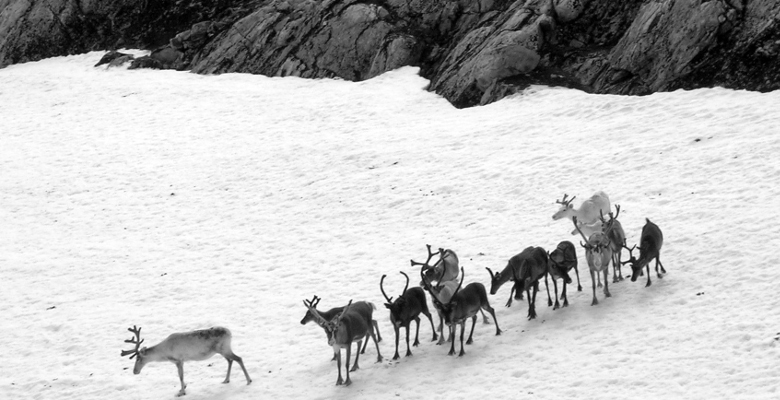
The beginning of winter is offered warmth by many traditions. Ancient traditions carried forth, year after year. Many traditions continue steadfastly between generations. As immutable as they feel, our traditions are ever-changing. Christmas celebrations are not unlike some ancient pagan celebrations; with lights to brighten the darkest time of the year (winter solstice). Rome did not embrace celebrating the birth of Jesus until the fourth century. Traditions slowly develop, rooted by connections of people having common deeper meanings.
Only recently, American activist Ron Everett decided to create “Kwanzaa” during the civil rights movement of the 1960’s with a goal to provide an alternative to the current traditions. Perhaps this invention will lead to becoming a deep-rooted tradition in the coming centuries. It is much too early to know at this writing.
The current American tradition of indoor Christmas Trees is believed to have begun in Germany during the 16th Century. It’s also said that Martin Luther was the first to add lights (candles) to the tree, as he was inspired by the bright stars in the night. The first American Christmas trees were not seen until German immigrants “started” the tradition in Pennsylvania over a hundred years later.
Dutch lore brought us St. Nicholas. St. Nicholas traveled via a noble white steed. In the Netherlands, he simply did not need a sleigh and reindeer since he did yet have the duty to travel the world delivering gifts. In 1812, American author Washington Irving assigned that duty to St. Nicholas as he wrote,
“…riding over the tops of trees, in that self-same wagon wherein he brings his yearly presents to children”.
By 1823, newspaper publisher Troy Sentinel introduced the names of the reindeer when he published a poem eventually known as “T’was the Night Before Christmas”
When what to my wondering eyes should appear,
But a miniature sleigh and eight tiny reindeer,
With a little old driver, so lively and quick
I knew in a moment it must be St. Nick.
More rapid than eagles
his coursers they came,
And he whistled and shouted
and called them by name;
“Now, Dasher! now, Dancer! now, Prancer and Vixen!
On, Comet! on, Cupid! on, Dunder and Blixem!
To the top of the porch, to the top of the wall!
Now, dash away, dash away, dash away all!”
Note that the seventh and eight deer were originally named “Dunder” and “Blixem”; dutch for “thunder” and “lightning”. Their names were then slightly adjusted in Germany to “Donder” and “Blitzen”, to hold on to the actual meaning, when translated. Eventually the seventh deer became “Donner”, when the lyrics to the song “Rudolph the Red-Nosed Reindeer” was penned. The universal symbols of awe (thunder and lightning) were shadowed with the addition of the cute little animal struggling to be accepted by others.
Christmas may not be completely ruined by this but it is an example of changing traditions and risking the loss of meaning behind our stories. How will the journey end for Dunder and Blixem? Actually, it is entirely up to us.
Watch for crossing reindeer. Some can no longer fly above the dangers of our fast-moving world. Protect the traditions that hold deep-rooted meaning. Carry them across the road to the next generation. Allow trivial actions to remain in their time.
Behold the awesome. Save the meaning. Share it with the future.
<hr>
<span style=”line-height: .5em;”>
</span>





I love the explanations of the old traditions. I was just thinking about many of them the other day. Thank you for this, Patrick.
Another interesting and well written post. Merry Christmas to you and your family. May your traditions remain strong is this crazy world we live in.
Love this!
Keep on writing, great job!